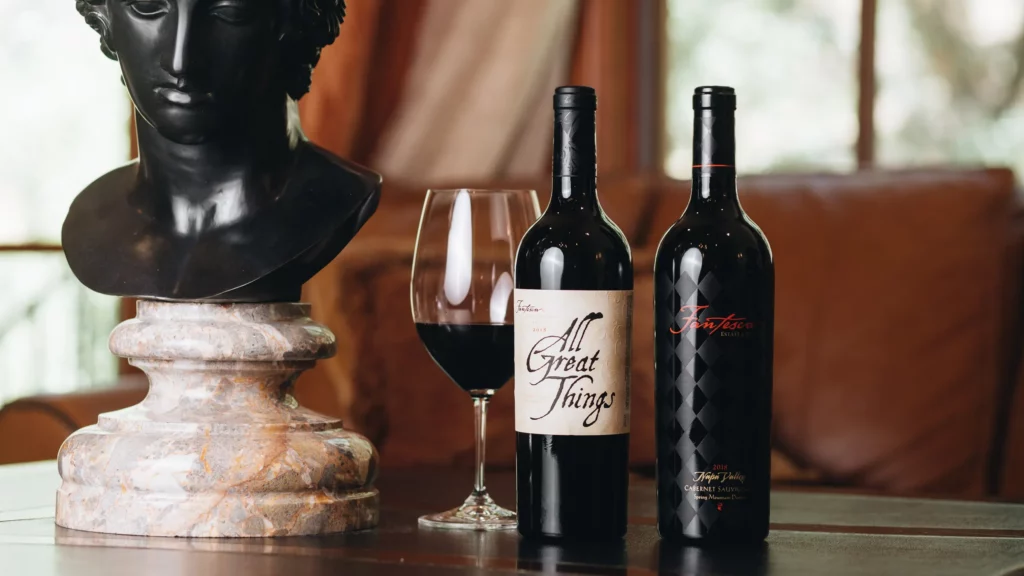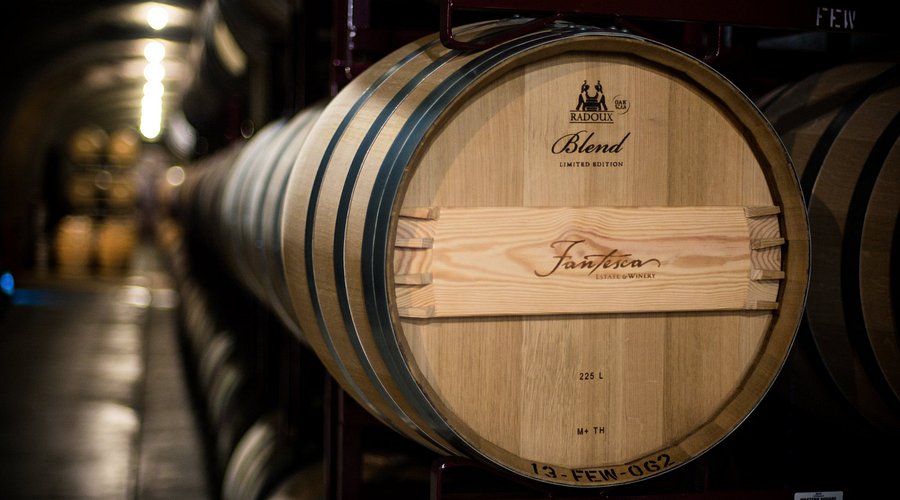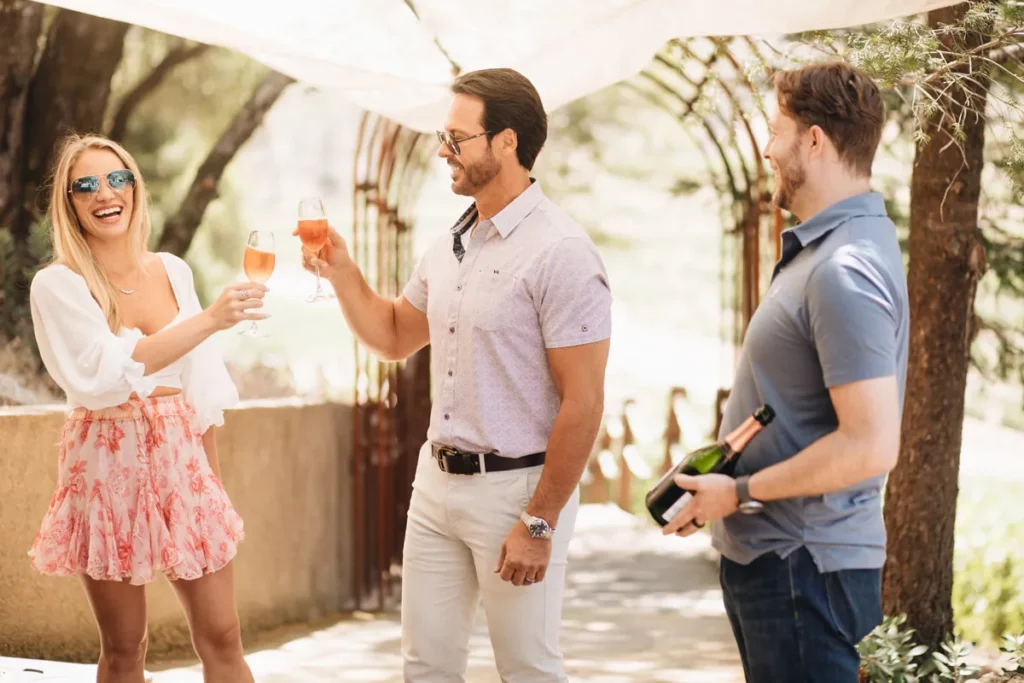
Fantesca Estate & Winery is a boutique luxury winery located on Spring Mountain in Napa Valley, producing over 3,000 cases annually with a curated portfolio of ultra-premium wines. As a family-owned business founded by Susan and Duane Hoff after their corporate careers at Best Buy, Fantesca blends storytelling, craftsmanship, and a high-end guest experience at every touchpoint.
Our goal for Fantesca was to scale direct-to-consumer (DTC) sales, grow high-value membership and tasting-experience channels, and optimize digital visibility and conversion globally.
Limited online visibility and weak eCommerce conversion for DTC purchases from international and luxury-collector audiences.
Paid digital spend was broad and unfocused, generating traffic but not exclusively high-net-worth buyers or club members.
Booking flows for tasting experiences, memberships, and high-tier events were fragmented and lacked tracking of conversion across channels.
Retention and repeat purchase rates were low; membership renewal and brand-loyalty flows were underdeveloped.
Reporting lacked end-to-end clarity: digital touchpoints to purchase to membership booking weren’t fully tracked.


Rebuilt a conversion-optimized DTC site with clearer memberships, international shipping triggers, and luxury brand cues.
Rolled out precision paid-media campaigns (Google, Meta, programmatic) targeted to ultra-premium wine collectors, global luxury consumers, and tasting-experience seekers.
Developed membership-centric flows: club joins, VIP tastings, corporate gifting offers with margin analysis and tracked outcomes.
Implemented end-to-end attribution and tracking connecting ad clicks → site behavior → purchase or booking → membership conversion.
+142% increase in DTC sales revenue within six months.
Website traffic up +187%, driven largely by targeted search and paid-media efforts.
Bounce rate reduced from 68% to 39%, indicating stronger engagement and intent.
Online booking of membership/tasting experiences rose +94%, converting higher-intent traffic.
Email-driven purchases accounted for 27% higher repeat visits, improving retention.
Digital channels grew from 18% to 41% of total acquisition, signaling a major shift into online-driven growth.
